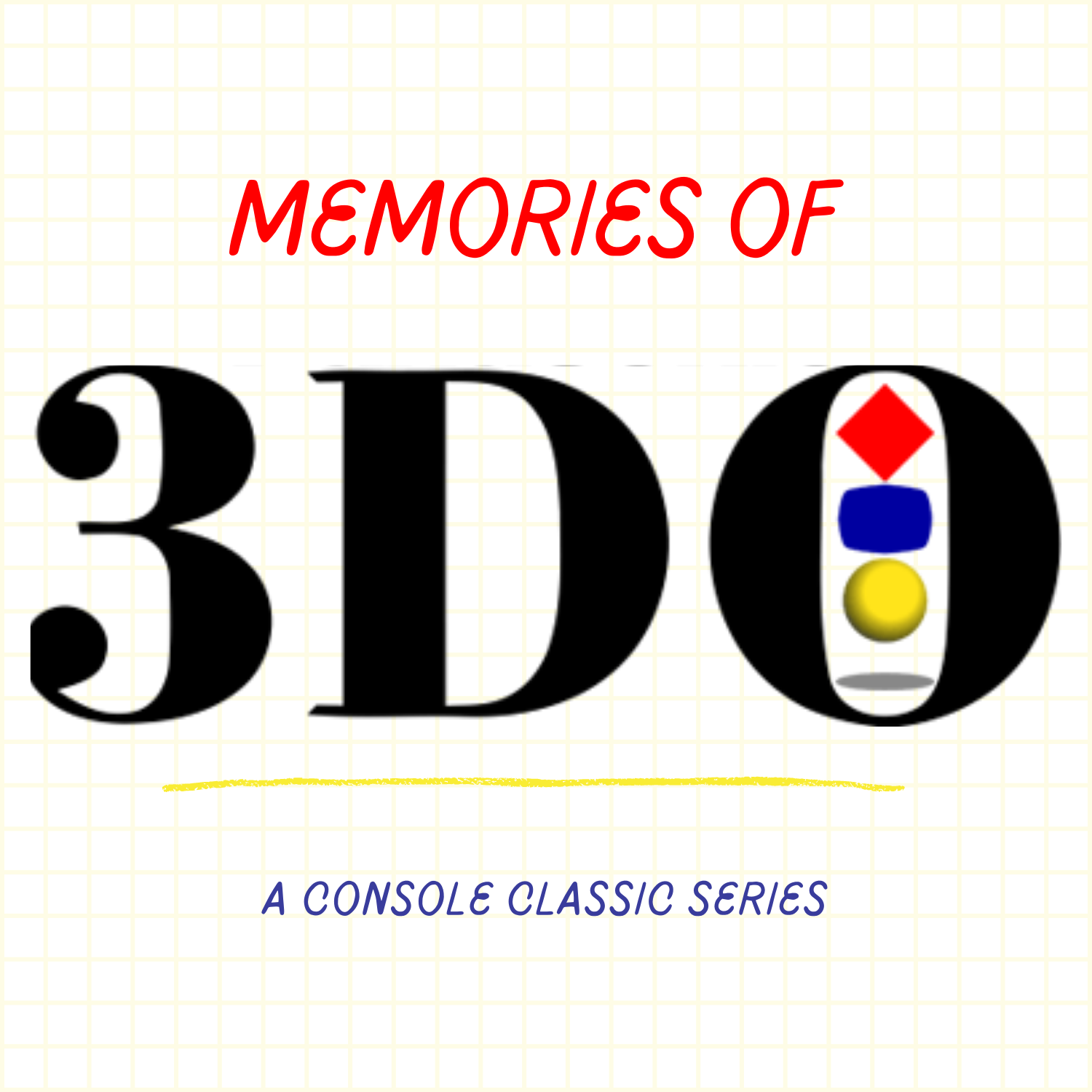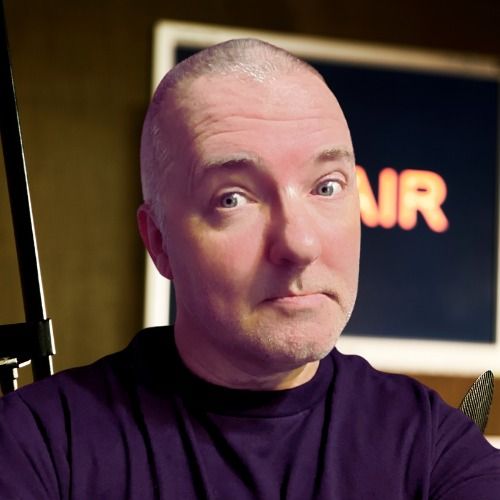Building the 3DO Partner Network
Throughout 1992 and early 1993, the plans behind the 3DO continued to take shape. Founder Trip Hawkins was using his undisputed influence and reputation in the gaming industry to get partners excited about the console.
This included both hardware and and game developers. Since the hardware would be licensed, it meant any electronics manufacturer that were interested in being part of this new era of gaming could produce and sell their own version, and pay a royalty to the 3DO company for this.
It led to respected names like Panasonic, Goldstar (who became LG), Samsung, Toshiba, and Sanyo signing up to the project (although ultimately only Panasonic, Goldstar and Sanyo would manufacture units).
Meanwhile, game developers were excited about the partnership opportunities. The CD format meant more memory to explore new ideas on, while the 32-bit engine meant a huge upgrade in graphics and sound. Developers like Electronic Arts, fighting game legends SNK, iD (makers of Wolfenstein and Doom), and Capcom all signed up, with promises to bring true next level versions of their popular games to the system.
Electronic Arts in particular put their full weight behind the project, in no small way thanks to their relationship with Trip Hawkins. Indeed, they even marketed the partnership with the slogan, "EA is 3DO, 3DO is EA"
With an eager gaming press showering this upcoming console with praise, gamers began to count down the days when the system would launch. But problems were starting to arise behind the scenes...
Get involved:
My equipment:
- Electro-Voice RE320
- Motu M2 Audio Interface
- Denon DJ HP-1100 Over Ear Headphones
- Podcast Pro Boom Arm by Accu-Lite and O.C. White
Recommended resources:
This podcast uses the following third-party services for analysis:
Podtrac - https://analytics.podtrac.com/privacy-policy-gdrp
Transcript
You're listening to Memories of 3DO, a retrospective look at
Danny:a video games console classic.
Danny:To make sure you get the latest episode, hop on over to 3dopodcast.com/listen and
Danny:choose your preferred app to follow on.
Danny:And now, this week's episode.
Danny:Through 1992 and early 1993, the plans behind the 3DO continue to take shape.
Danny:Founder trip Hawkins was using his undisputed influence and reputation
Danny:in the gaming industry to get partners excited about the console.
Danny:This included both hardware and game developers.
Danny:Since the hardware would be licensed it meant any electronics manufacturer
Danny:that were interested in being part of this new era of gaming could produce
Danny:and sell their own version and pay a royalty to the 3DO company for this.
Danny:This led to respected names like Panasonic, Goldstar, who would become
Danny:LG, Samsung, Toshiba, and Sanyo saying up to the project, although
Danny:ultimately only Panasonic, Goldstar, and Sanyo would manufacture units.
Danny:Meanwhile, game developers were also excited about the
Danny:partnership opportunities.
Danny:The CD format meant more memory to explore new ideas on while the 32-bit engine meant
Danny:a huge upgrade in graphics and sound.
Danny:Developers like Electronic Arts, fighting game legends SNK, iD (makers
Danny:of Wolfenstein and Doom), and Capcom all signed up, with promises to
Danny:bring true next level versions of their popular games to the system.
Danny:Electronic Arts in particular put their full weight behind the project,
Danny:in no small way thanks to the relationship with founder Trip Hawkins.
Danny:Indeed, they even marketed the partnership with a slogan: EA is 3DO, 3DO is EA.
Danny:It might have been the other way around actually.
Danny:With an eager gaming impress showering this upcoming console with praise, gamers
Danny:began to count down the days when the system would launch, but problems were
Danny:starting to rise behind the scenes.
Danny:Because of the way the hardware was designed,
Danny:it was a completely new way for game developers to work.
Danny:While the 3DO was undoubtedly more powerful than the current 16-bit
Danny:generation, getting to grips with the processors was proving a challenge..
Danny:This led to highly anticipated launch games, like Road Rash, FIFA
Danny:Soccer, and Jurassic Park Interactive being pushed back, which meant the
Danny:upcoming release was going to be light
Danny:in the games department.
Danny:Additionally, and more problematically as it would turn out, even though the
Danny:hardware was licensed to be built and sold by different manufacturers, this meant
Danny:they had to make a profit on hardware.
Danny:This led to a price point of $700 in the US for the first version of the
Danny:console from Panasonic, which was a huge jump in price for video gamers used to
Danny:systems at a couple hundred dollars.
Danny:Despite this, the 3DO company remained bullish, and there were promises of
Danny:incredible things to come in the first 12 months after the console launch.
Danny:This included hardware additions, like memory upgrades, a modem, and use as
Danny:a set top box for cable TV and over a hundred new games in year one alone.
Danny:On top of that gamers were still genuinely excited about
Danny:the machine, despite the price,
Danny:after seeing previews of photo realistic games that looked
Danny:like you were playing a movie.
Danny:Gaming magazines also continued to build up the machine and cited
Danny:the plug and play options of the proposed add-ons as a key reason for
Danny:choosing 3DO on top of the games.
Danny:The only thing that remained was launching a machine and breaking the dominance
Danny:of SEGA and Nintendo into the bargain.
Danny:In the next episode, a stuttering start in the US, a surprise Japanese debut,


